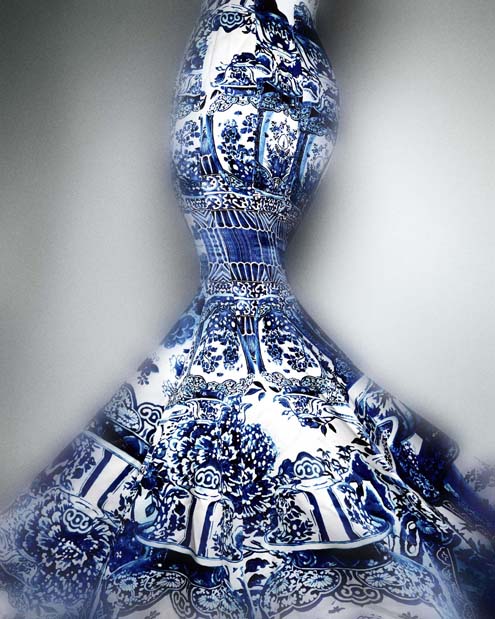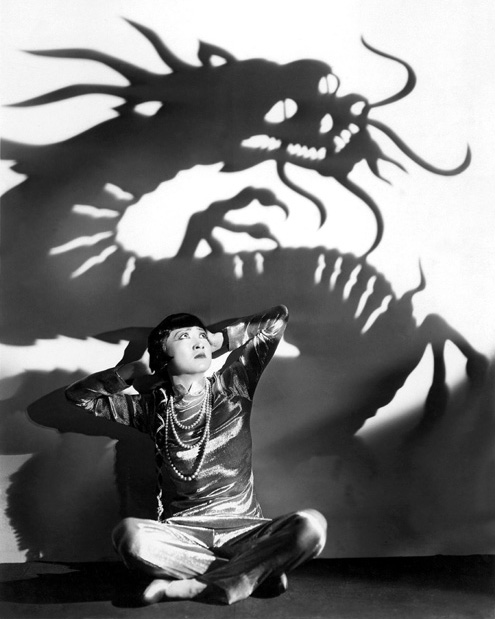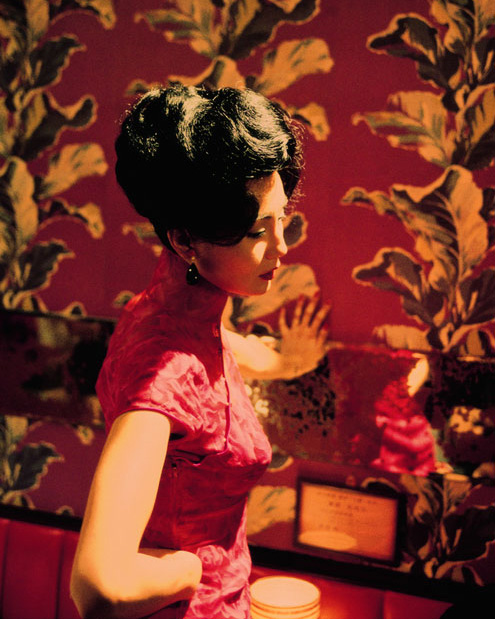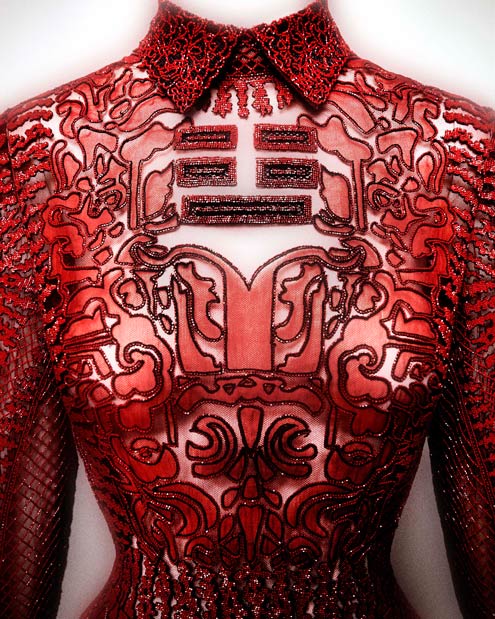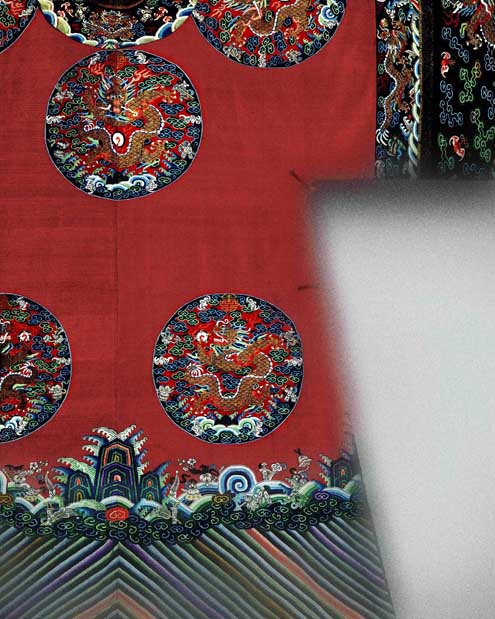Where in the world does a silk taffeta dress from Lanvin sit side by side with centuries-old Chinese earthenware? 1000 5th Ave, at the Metropolitan Museum of Art, which, on Thursday, opens the long-awaited exhibition China: Through the Looking Glass to the public. (Met Gala attendees got a first look last night.) True to its name, the show taps into the fantasy underpinnings of Lewis Carroll’s Alice in Wonderland and offers a look into — not China, really — but the ways in which it’s been interpreted and reinterpreted in the West. This is “about a China that exists as a collective fantasy,” writes Andrew Bolton, Curator at the Costume Institute at the Metropolitan Museum of Art, in the accompanying catalogue. To that end, there are plenty of gorgeous visual stimuli courtesy of designers like Tom Ford, Karl Lagerfeld and John Galliano — all of whom have been inspired by the country — set against Chinese art and film through the ages. Another comparative case in point: the museum’s Sackler Gallery, home to towering Chinese Buddhist sculptures dating back to 500 A.D., will now also serve as the backdrop to a perspex and LED installation recreating the bamboo forest scenes of 2000’s Crouching Tiger, Hidden Dragon film by Ang Lee. Fellow director Wong Kar Wai, by the way, is the exhibit’s Artistic Director.

